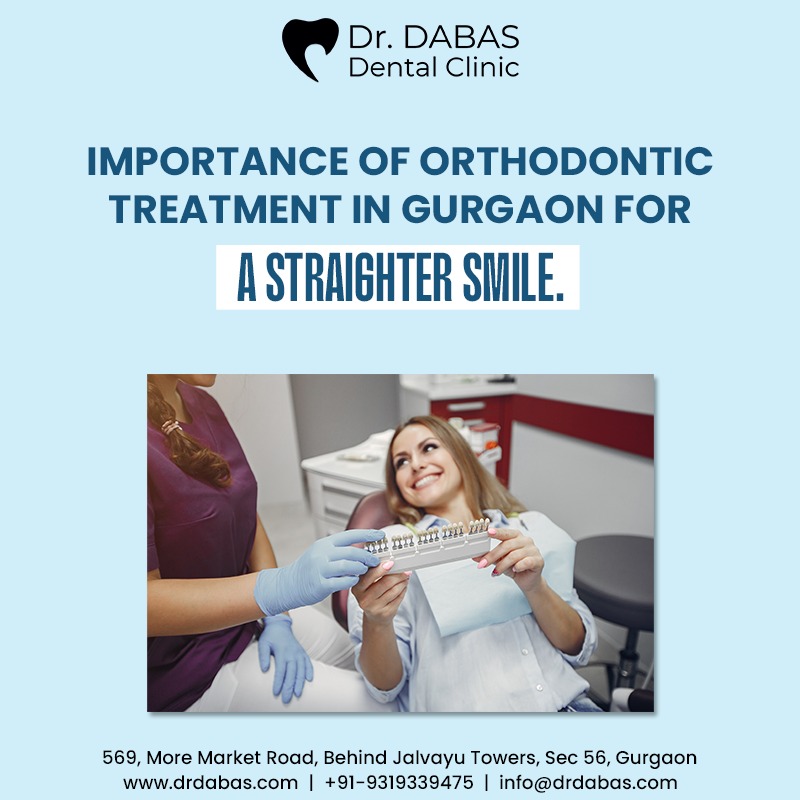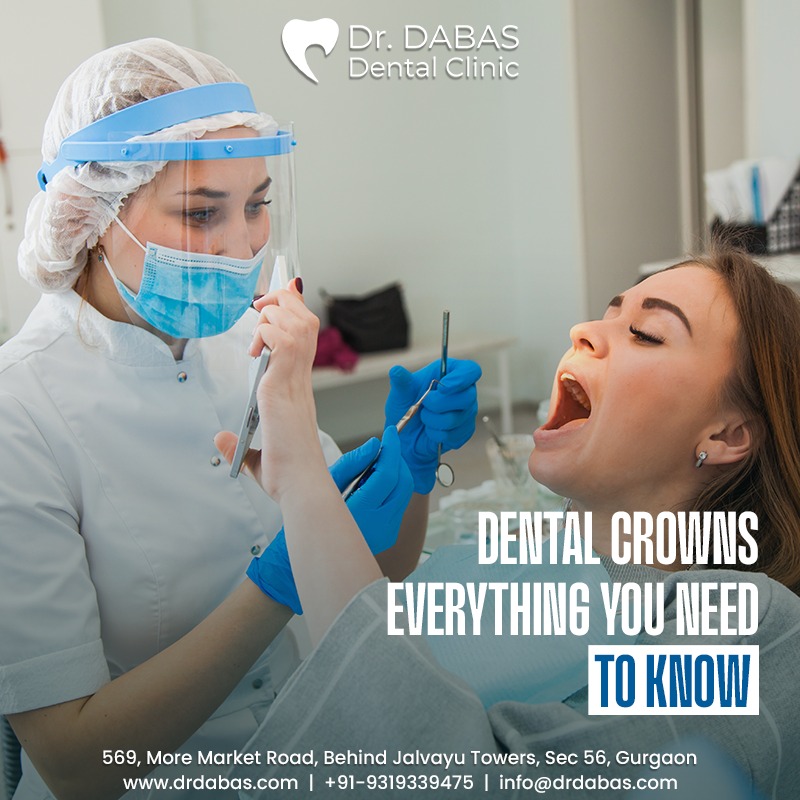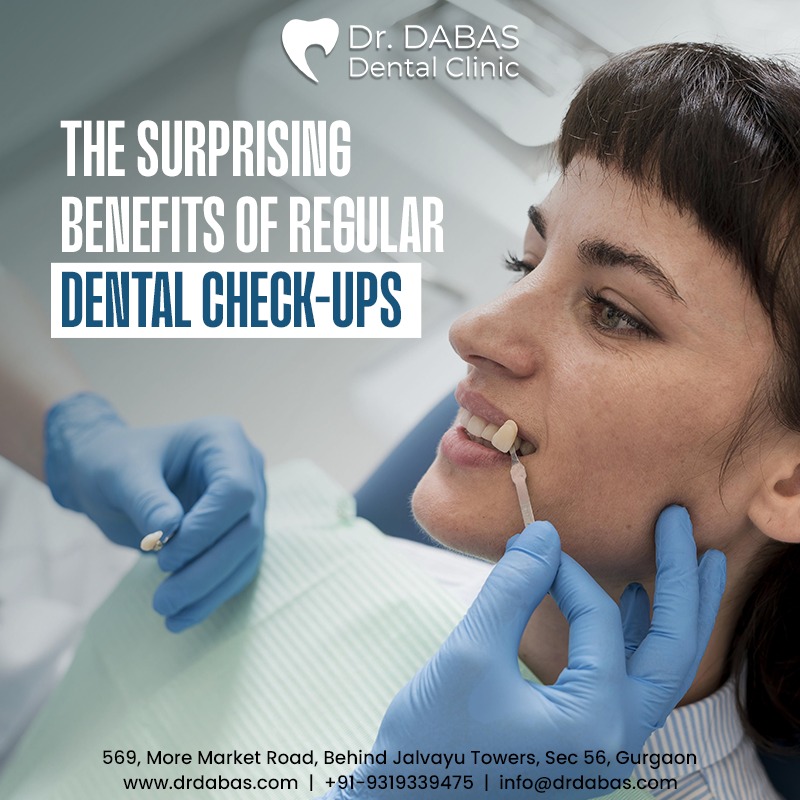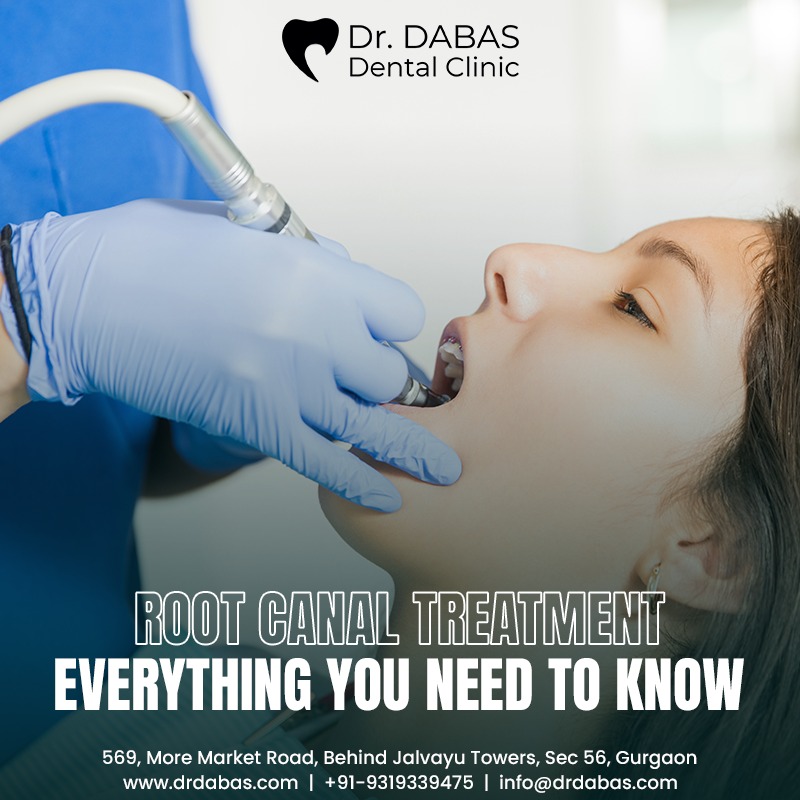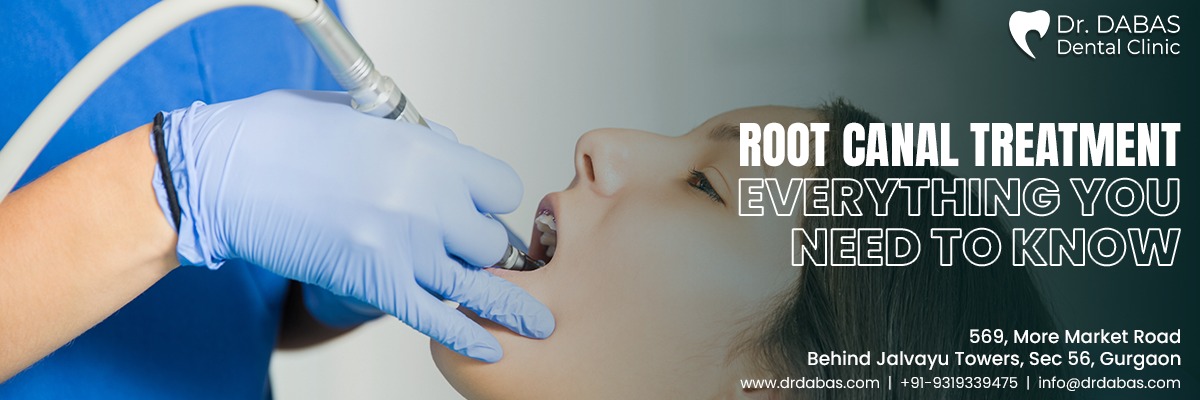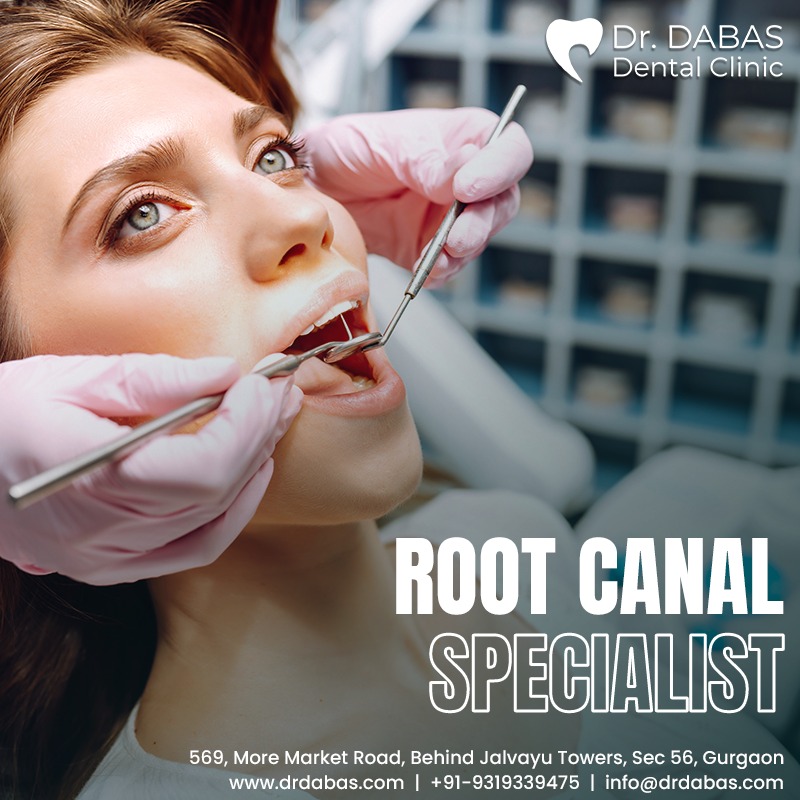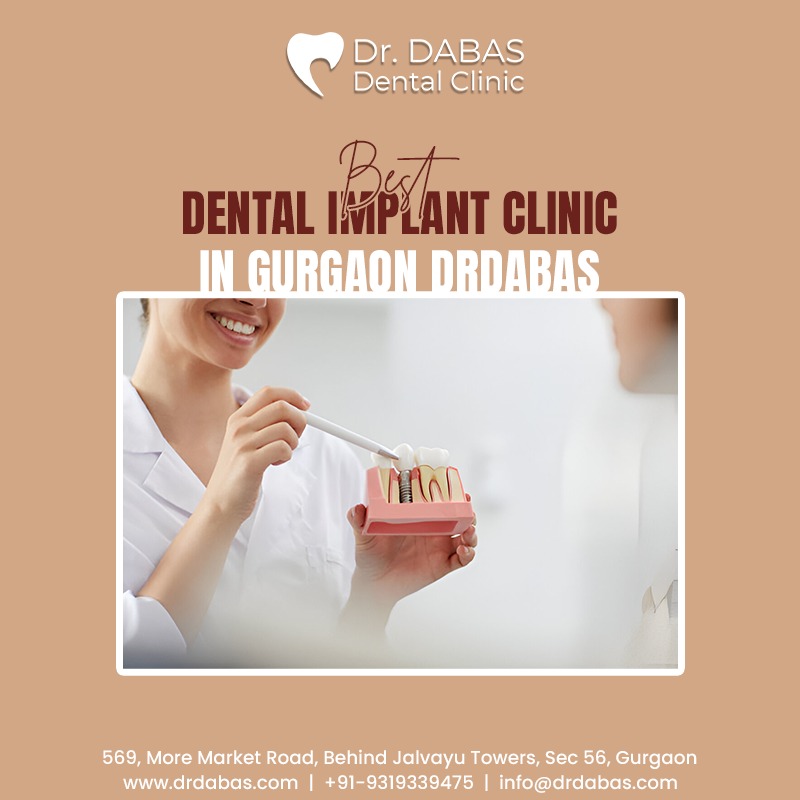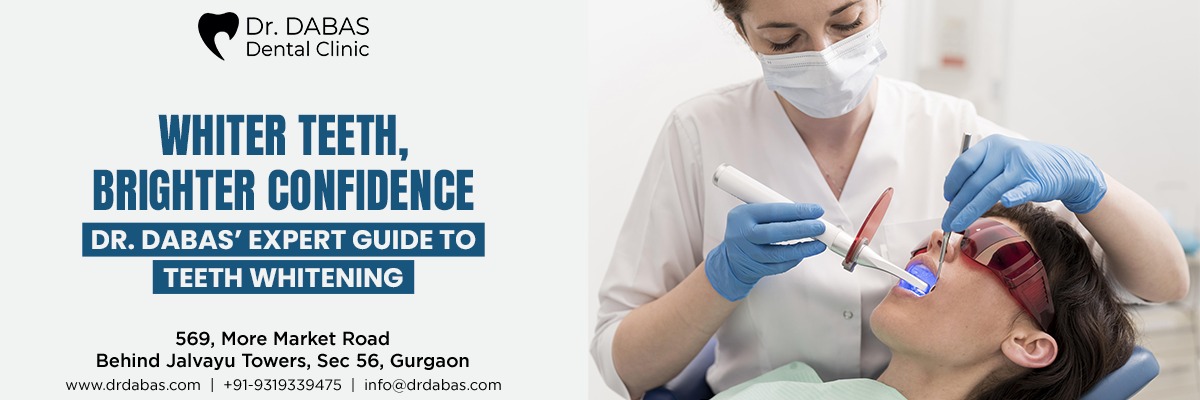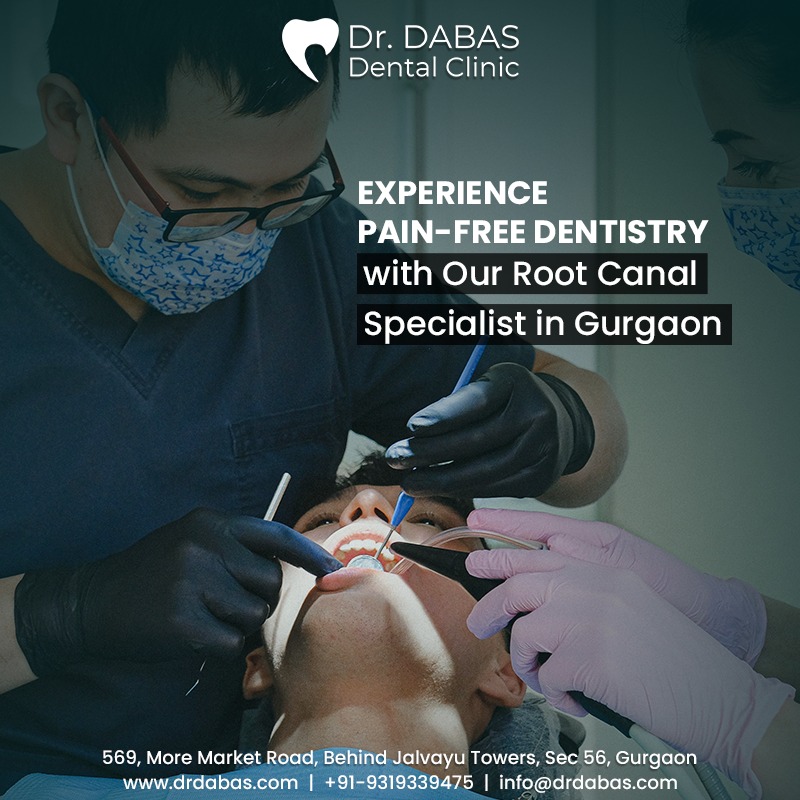Importance of Orthodontic Treatment in Gurgaon for a Straighter Smile

Best Orthodontist In Gurgaon
Orthodontic treatment in Gurgaon is crucial for achieving a straighter smile, offering both aesthetic and health benefits. Misaligned teeth can lead to difficulties in maintaining oral hygiene, increasing the risk of cavities and gum disease. Orthodontic interventions, such as braces or Invisalign, help in properly aligning teeth, making them easier to clean and reducing these risks.
A well-aligned smile also significantly boosts self-esteem and confidence, which are essential in both personal and professional interactions. For the vibrant population of young professionals in Gurgaon, a confident smile can enhance social and career opportunities.
Orthodontist In Gurgaon
Orthodontic treatment with Dr. Dabas in Gurgaon is essential for achieving a straighter, healthier smile. Misaligned teeth can lead to poor oral hygiene, increasing the risk of cavities and gum disease. Dr. Dabas provides advanced orthodontic solutions, such as braces and Invisalign, to correct these issues, ensuring better dental function and aesthetics. A straight smile boosts self-confidence and improves social and professional interactions. Additionally, proper alignment prevents excessive wear on teeth and reduces the risk of jaw disorders. Dr. Dabas’s expertise and personalized care ensure optimal outcomes for patients seeking a beautiful, functional smile.
Additionally, orthodontic treatment improves dental function by addressing issues like improper bites, which can cause difficulty chewing and speaking, and excessive wear on certain teeth. With advanced treatment options and expert orthodontists in Gurgaon, residents can achieve optimal oral health, functional improvements, and a more attractive smile, contributing to a better quality of life.
Importance of Orthodontist Treatment in Gurgaon for a Straighter Smile
Orthodontic treatment in Gurgaon is essential for achieving a straighter smile and offers a multitude of benefits that encompass both health and aesthetic aspects. Here are some key points highlighting its importance:
- Improved Oral Health
- Better Hygiene: Straight teeth are easier to clean, reducing the risk of cavities and gum disease. Misaligned teeth can trap food particles and plaque, leading to dental issues.
- Gum Health: Properly aligned teeth ensure a snug fit of gums around the teeth, preventing periodontal problems.
- Enhanced Dental Function
- Efficient Chewing: Correcting bite issues improves chewing efficiency and digestion.
- Speech Clarity: Proper alignment can resolve speech impediments caused by misaligned teeth or jaws.
- Reduced Wear: The even distribution of bite forces prevents excessive wear on specific teeth, preserving their longevity.
- Aesthetic Benefits
- Boosted Confidence: A straight, attractive smile significantly enhances self-esteem, positively impacting social and professional interactions.
- Balanced Facial Structure: Orthodontic treatment can improve jaw alignment, leading to a more harmonious facial appearance.
- Preventive Care
- Avoiding Future Problems: Early orthodontic intervention can prevent more severe dental issues, reducing the need for extensive treatments later.
- Healthier Joints: Proper alignment reduces the risk of temporomandibular joint (TMJ) disorders, which can cause pain and discomfort.
- Advanced Treatment Options
- Invisalign and Clear Braces: Modern orthodontic solutions available in Gurgaon, such as Invisalign and clear braces, offer discreet and comfortable alternatives to traditional metal braces.
- Customized Care: Orthodontists in Gurgaon provide personalized treatment plans using advanced technology, ensuring effective and efficient outcomes.
- Expertise and Accessibility
- Skilled Orthodontists: Gurgaon boasts highly trained orthodontists who utilize the latest techniques and technologies to deliver top-notch care.
- Comprehensive Services: Clinics in Gurgaon offer comprehensive orthodontic services, making it convenient for residents to access quality care.
In conclusion, orthodontic treatment in Gurgaon is pivotal for achieving a straighter smile, which enhances oral health, improves dental function, and boosts self-confidence. With advanced treatment options and expert care, residents can enjoy the long-term benefits of a healthy, attractive smile.

